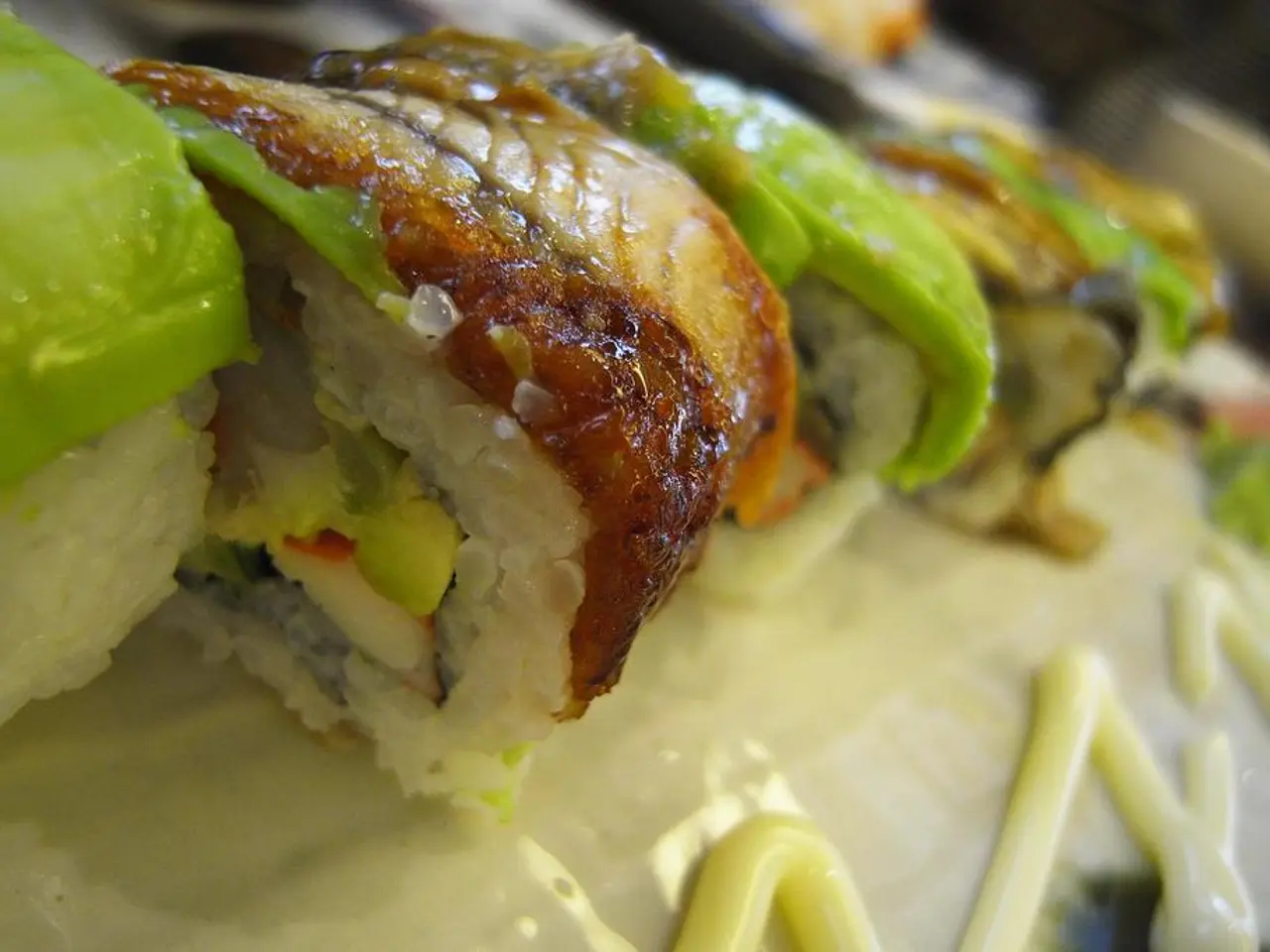Revivalist chef, renowned as 'The Food Nanny,' rediscovers antique recipes, historic grains, and intimacy-focused dining experiences.
In the realm of ancient grains, Kamut (Khorasan wheat) stands out as a unique option, distinct from einkorn and spelt. This grain has been making waves in the culinary world, particularly in the United States, thanks to the efforts of social media influencer Lizi Heaps, known as "The Food Nanny."
With nearly 500,000 followers on her social media platform, Heaps promotes home-cooked food and the importance of sit-down family dinners. She believes that these practices offer nutritional benefits and help keep her children "out of trouble."
Nutritional Highlights of Kamut
Kamut boasts a rich nutritional profile, making it a valuable addition to any diet. Here are some key benefits:
- High Protein Content: Kamut contains approximately 14–17% protein, which is 20–40% more than modern wheat. This protein supports muscle health and provides a sense of satiety[2][3].
- Heart Health Support: Clinical studies show that consuming Kamut can significantly reduce total cholesterol, LDL cholesterol, and triglyceride levels, all of which are important cardiovascular risk factors[1].
- Rich in Essential Vitamins and Minerals: Kamut is a good source of magnesium, zinc, selenium, iron, and B vitamins (niacin and thiamin), which are crucial for metabolism, immunity, and overall wellbeing[2][5].
- Healthy Fats and Dietary Fiber: Kamut provides small but important quantities of essential fatty acids and fiber, aiding digestion and general health[2].
- Easier Digestion: While not gluten-free, Kamut can be easier for some people sensitive to wheat to digest, though it is not suitable for those with celiac disease[2][4].
- Organic and Sustainable: Kamut is often organically grown, with producers emphasizing sustainable and ethical farming[4].
Enhancing Family Meals with Kamut
Heaps' recipes, based on the basics she was raised on, are focused on Kamut flour. Her cookbook, "For the Love of Kamut," showcases the versatility of this nutty-flavoured grain in a variety of dishes. By incorporating Kamut into family meals, families can fuel their bodies naturally with a nutrient-dense, protein-rich, and cholesterol-lowering grain[3][5].
Moreover, Heaps advocates for the revival of sit-down family dinners across the U.S. She believes that these meals offer a chance for families to connect, share stories, and enjoy wholesome, nutritious food together.
In addition to promoting Kamut, Heaps also sells Guerande salt, a pure and natural salt produced using Roman-era tools. She emphasizes the importance of maintaining a healthy relationship with food, especially for children, and uses simple staples like real butter, milk from her cows, and Kamut in most of her recipes.
By including Kamut in baked goods like cookies and bread, Heaps finds that it improves the taste, offering a delightful alternative to modern wheat products. Incorporating Kamut into family diets can support cardiovascular health, improve nutrient intake, enhance digestion, and offer a wholesome alternative to modern wheat products.
Read also:
- Budget cuts at federal and state levels jeopardize advancements in fighting HIV and AIDS within Dallas County
- Debating the legitimacy of Borderline Schizophrenia as a distinct mental health disorder?
- City Transition to Pedestrian-Friendly Environment Increases Daily Steps by Over 1,000: Research Findings
- Dairy's Impact on Gout Flare-ups: An Examination of the Connection Between Milk Consumption and Gout Attacks







